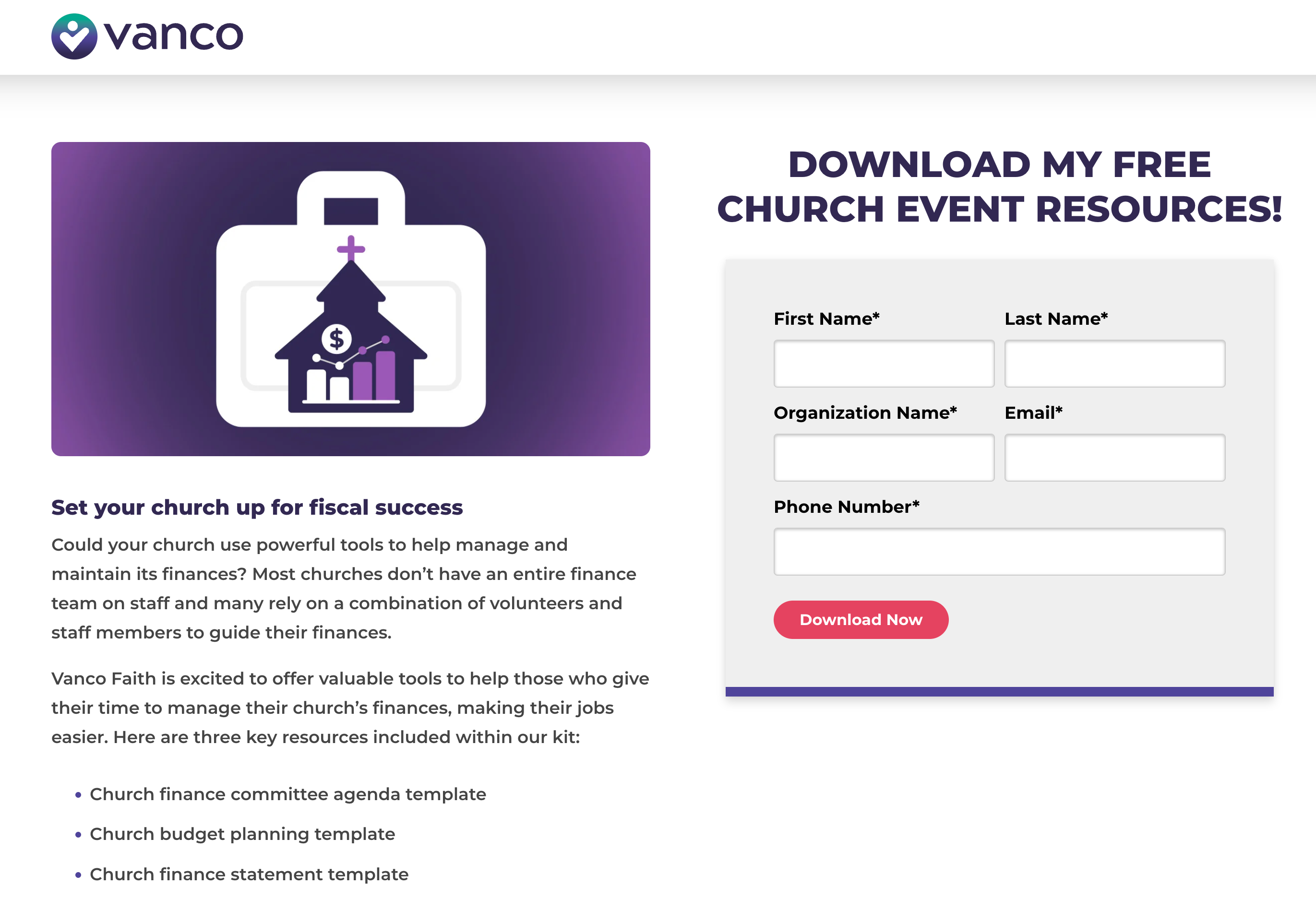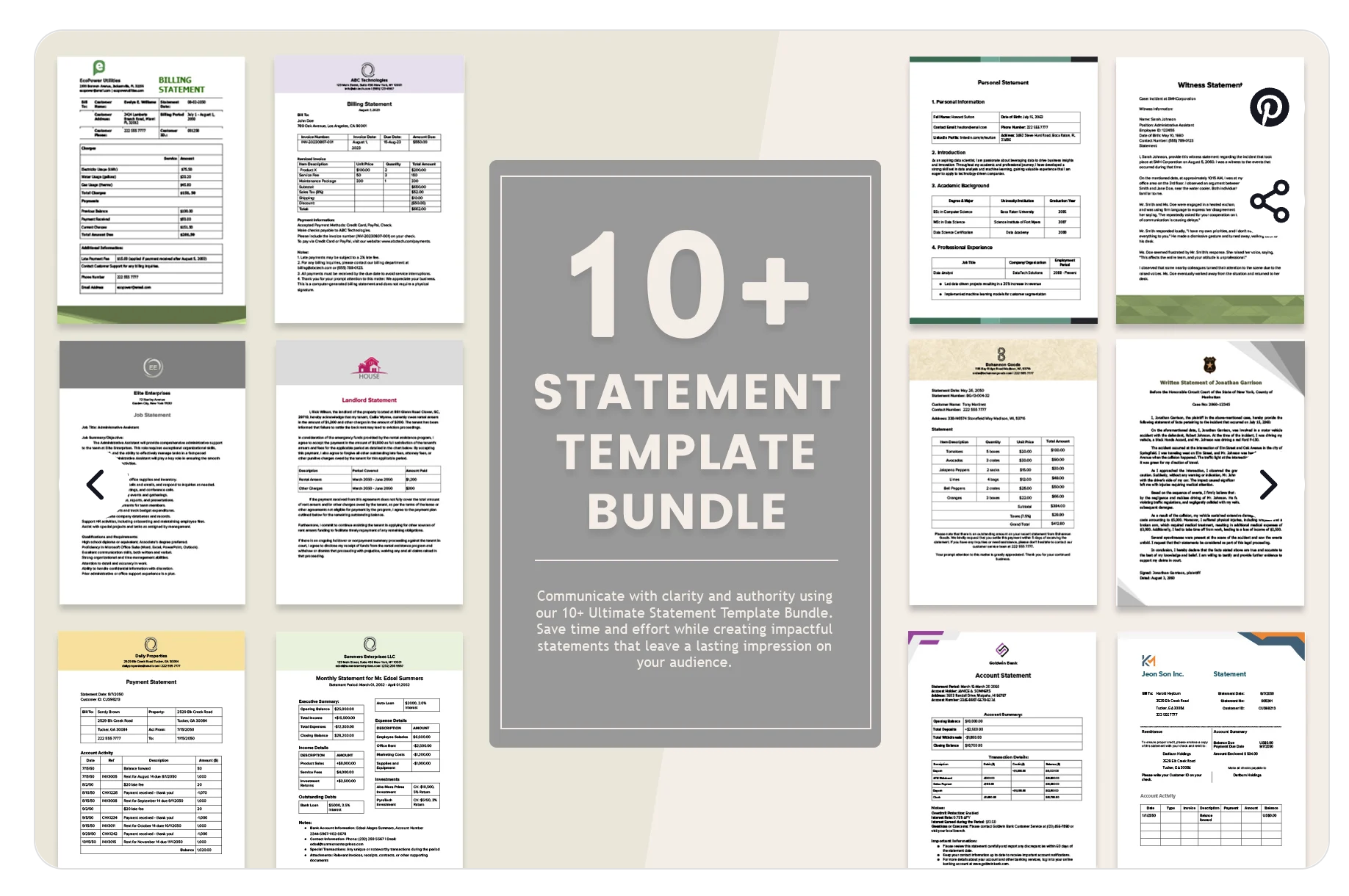Income and expenses, all the savings accounts, balance sheets, bookkeeping templates, and so much more. When it comes to church financial statements, where do you even begin? 1.5 million people tithe to their churches in the United States, representing billions of dollars, and church financial reports are a critical part of this process. Churches are nonprofit organizations, so establishing a church budget and providing reports on their financial management to facilitate financial transparency with their members is an important function of their operations.
A church financial report to congregation members can help churches maintain this financial transparency. This is why it’s so important to draft regular monthly or quarterly reports and an annual report at the end of every financial year. assess key business analytics track debt payments calculate savings estimates financial affairs
Estimated reading time: 11 minutes
Table of contents
- Why Does a Church Need to Provide Financial Statements?
- Understanding the terms
- Typical church funds
- Monthly Church Financial Report to Congregation Members
- Legal requirements for church financial statements
- Making Financial Decisions
- Free Church Financial Report Template
- Church Financial Reporting Requirements
Why Does a Church Need to Provide Financial Statements?

A church is a nonprofit organization and therefore must keep accurate financial income statements every year to maintain this status. These financial statements may not be needed for tax filings, but they are still incredibly important to describe the church’s finances. This is essential if the church ever wants to apply for a loan or prove financial viability.
In addition to potential tax and financial requirements, creating and maintaining accurate financial records helps churches maintain financial transparency. Financial transparency is vital for churches, nonprofits, and the government due to the source of their income. Tax payments are important to keep track of!
The bulk of a church’s income comes directly from the congregation, so it’s essential to create accurate church financial reports to show the congregation exactly where their money is going and to know the IRS rules for church donations. Financial transparency can help build a better relationship between church leadership, the congregation, and the community at large. This can also include the church finance committee, which helps manage its finances. tax payments
Below are the most important reasons why your church needs to embrace fund accounting:
- Transparency: Fund accounting provides transparency by clearly delineating how funds are raised and spent, ensuring donors have confidence in your ministry’s financial management
- Stewardship: Your church has a responsibility to steward the resources God has given you. Fund accounting allows you to monitor the financial health of various ministries and programs at your church, guaranteeing resources are allocated wisely
- Decision-making: By providing detailed financial reports for each fund, this method equips church leaders with the information they need to make informed decisions about resource allocation and strategic planning
- Compliance: Nonprofit organizations, including churches, are subject to specific regulations and reporting requirements. Fund accounting helps maintain compliance by accurately tracking restricted funds and expenses
Understanding the terms

Fund accounting revolves around a few fundamental terms:
- Funds – This refers to the money you have set aside for a specific purpose at your ministry. Your church will have one unrestricted fund (usually called a General Fund) and restricted funds. You can spend the money in a fund only on what the fund is designated for
- Income and Expenses – The primary source of income for most churches is tithes and offerings. But your church will need to track all income, regardless of source. The same goes for every way your church spends money
- Categories – allow you to label each income or expense transaction to better identify its purpose. You’ll sometimes hear this referred to as a “chart of accounts”
- Assets – A church asset can range anywhere from the checking account to the pastor’s retirement account and the land or buildings owned outright by the church
- Liabilities – These are your church’s debts, such as a mortgage or credit card
Typical church funds

Churches manage various funds, including the General Fund for day-to-day operations, the Missions Fund for outreach initiatives, the Building Fund for construction or maintenance projects, the Youth Fund for youth programs, and the Benevolence Fund for charitable assistance.
- The General Fund – This one is for day-to-day operations. Your annual church budget will be based on the money you receive and set aside in the General Fund.
- The Missions Fund – if your church supports missionaries or engages in outreach and evangelism
- Building Fund – To save money for a downpayment on a new building or to pay for maintenance and improvements on the facilities you own
- Love Offering Fund – Sometimes called a “Benevolence Fund,” if your church needs cash on hand to give to someone in an emergency, you will need to set up a Love Offering Fund to manage this ministry
- Youth or Children’s Ministry Fund – Investing in future generations of believers requires setting aside money in the church budget for your youth and/or children’s ministry to use
Monthly Church Financial Report to Congregation Members

One of the best ways to maintain financial transparency is to publish a monthly church financial report to the congregation. These reports don’t have to be as detailed or lengthy as the annual report. However, the monthly report should include vital financial information to help your congregation stay informed.
Churches generate income from several different sources, with tithes often being the largest source. You can publish a monthly financial report for the congregation to let them know how much you collected in tithes for the previous month. This statement also can indicate how much money the church spent in the last month.
This simple church financial report lets everyone know how much money came into the church and how much was spent. If more money was spent, this tells the congregation they need to help raise more funds for the church to cover its bills. In this way, the monthly church financial report to the congregation can encourage people to give more to their local churches.
Monthly reports work because transparency helps build community buy-in. The congregation and community feel like they are part of the church and share in the goals and aspirations of the church. In this way, they are also compelled to give more and do everything they can to ensure the church succeeds. At the end of the day, transparency makes the congregation feel like the success of the church is their own personal success.
Legal requirements for church financial statements

Churches aren’t required to provide giving statements unless there is an exchange of goods or services after receiving a donation of $75 or more. Outside of that scenario, there is not a penalty for not providing a contribution statement in the United States.
However, it’s still recommended that churches provide these giving statements for several reasons. First, the statement enables donors to file their contribution as a write-off on their own taxes and they can’t legally file a donation with the IRS without written proof of what, and how much, they gave. Donors bear responsibility for obtaining a written acknowledgment from a charity for any single contribution of $250 or more before they can claim a charitable contribution on their federal income tax returns.
These statements can also be useful for a church in the event of an IRS audit since they will have to disclose contribution and accounting info to the state. So while there isn’t a legal requirement to provide financial statements for many donations, doing so is largely beneficial for both the church and the donor.
Making Financial Decisions
Financial statements tell you exactly how much money your church makes, how much money the church has, and where the money is. This is vital information that can help guide your operational decisions. Maintaining accurate financial statements can provide leaders with all the information they need to evaluate opportunities and plan outreach projects in the future.
At the end of the day, financial statements show you how much you can afford to spend. This comes in handy when planning what you’re going to spend in the next year. An annual report blends these elements into one seamless document.
This document will summarize what happened last year, how much money your church spent last year, what the church plans to do this year and the budget for this year.
Free Church Financial Report Template
Building a church financial report can be challenging, especially when you do it from scratch. That’s why we found free editable templates you can use to get started. Press download church bookkeeping template on any of these sites to get started!
Vanco Payments

Vanco Payments has great church bookkeeping template features to take advantage of. They have a simple and basic free church financial report on their website. This PDF document is a customizable file that allows you to put in whatever information you need. Vanco also provides a church finance committee agenda meeting template and a budget planning template.
Template.Net

Template.Net is a fantastic resource to use for more than just an income and expense statement. For just $12 a month, you’ll have access to over 1 million templates and editors. But template.net also has several different free income and expense statement templates to try out. Be sure to look through all they have to offer!
Church Financial Reporting Requirements

As nonprofit organizations, churches are required to manage their finances throughout the year. While churches don’t need to submit tax returns, they should however draft annual financial reports representing their entire organizations. These reports can vary from organization to organization. However, there are a few requirements that must be in every report. Here’s a quick look at these essentials.
1. Balance Sheet
A balance sheet is a statement that highlights an organization’s specific financial position. This document is incredibly simple and indicates the value of all the organization’s assets. The assets are totaled and compared to liabilities and equity.
The balance sheet is based on an accounting formula that states assets must equal liabilities plus equity. This document outlines and totals all assets on the left side of the ledger and all liabilities and equity on the right side of the ledger. Most organizations list the new totals for the year and include the totals from last year. This way, you can quickly see what changed in the last financial year.
2. Income Statement
An income statement is the most important document to include in every church financial report as well as your annual report. The first part of this statement outlines every cent that comes into the church. The latter part of the statement indicates how the money was spent.
This income and expense statement shows the net profit or net loss for each year. Including this statement is important to indicate exactly how much money came in and how much money left your organization this year.
3. Expense Statement
While expenses are listed in the income statement, churches should also include a separate expense statement elsewhere. This statement builds on the income statement and breaks down every expense further. This means that every cent that’s spent should be accounted for with a good reason that you can report to your congregation.
Expense statements can come in different forms but should achieve the same goal — to be as transparent as possible on how the church spends its money. This statement can reference invoices but should also provide details for each purchase or transaction.
4. Fund Balances
Most churches and nonprofit organizations raise money for different needs. For example, a church could collect revenue through tithes but also wants to set up another fund specifically for outreach projects. If this is the case, you need to include your fund balances and contributions in your annual report.
These balance statements are simple to draft and should start with the opening balance for each fund at the beginning of the year. You can total the contributions for that year below the balance. Lastly, you can add them together to highlight the current balance of the fund at the end of the financial year.
Related Links:




